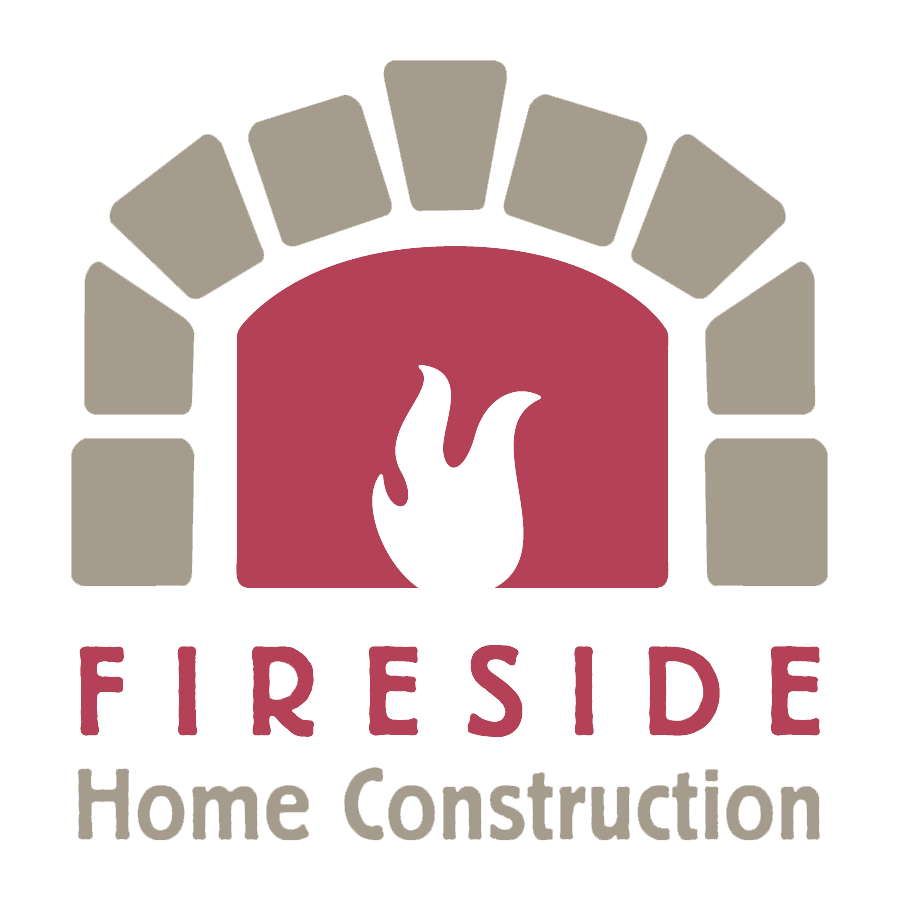Straight Talk on Insulation
You know that insulation helps your home maintain temperature and lower your heating and cooling bills but did you know it is singlehandedly the very best thing you can do to save energy and live green?
If you are building a new house, you have a lot of great choices for insulation. My personal favorites are SIPS, structurally insulated panels. SIPs are known both for their high performance in terms of strength and durability and for their energy efficiency. The panels are made under factory-controlled conditions, usually by sandwiching a core of rigid foam insulation between two structural skins of oriented strand board (OSB), although other skin material can be used for various, specific purposes. Because of their great flexibility, SIPs can be custom designed for each home or project. I'm speaking from experience when I say they are a great product. They result in a building system that is extremely strong, energy-efficient, cost-effective and, yes, very green.
But I didn't start this blog just to promote SIPs, however worthy they are of their own blog (they EVEN reduce job site waste and time)! When a homeowner wants to build a green home that doesn't use SIPs (but, seriously, why would they?!), it is important that they understand the differences between all of their insulation choices and that they make their choice based on both their environmental philosophies and on what is best for their family's health. Homeowners upgrading their homes by adding insulation should base their decisions on the same information.
While fiberglass insulation is a traditional option, it has been criticized for its impact on indoor air quality and its resulting potential health risks. Other insulations are criticized for pollution associated with resource cultivation. Environmentally friendly options are available. Some go easier on "Mother Earth;" some are made of recycled materials. Almost all are healthier for occupants and often work better than fiberglass solutions.
These materials can help maximize heating and cooling efficiency, create a healthier space and even help your building or remodeling project qualify for energy rebates and tax credits!
If you are insulating a basement or foundation wall, rigid foam insulation is a great and very green choice. Spray foam insulation is also extremely efficient and environmentally friendly. It can also be waterproof, helping eliminate moisture!
If you are thinking about adding insulation to say, an attic, though, look carefully at options beyond fiberglass. They include foam, cellulose, cotton and wool.
If, though, you are starting new construction or adding on, do consider SIPs for your project. After you see your --- much smaller --- energy bills, you are likely to become as big a fan of the panels as I am!
